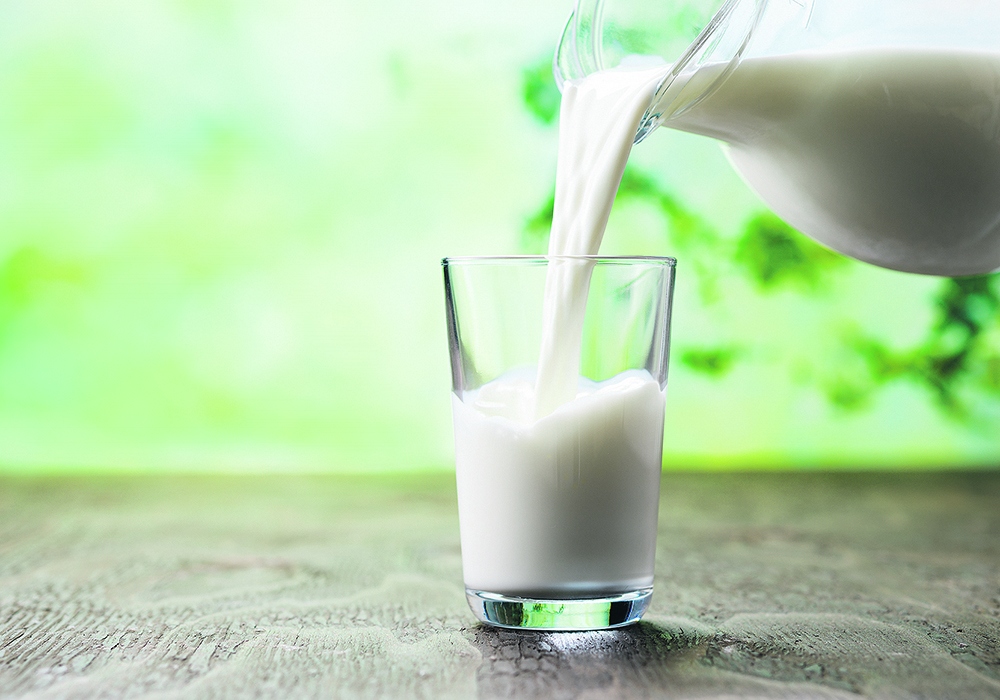Canada’s high rate of immigration has generated a lot of attention, particularly in relationship to the impact on the tight housing situation.
The rapid population increase also strains the school and health-care systems, and some commentators worry these problems endanger what has been until now a public consensus that immigration is a desirable policy.
This got me wondering what the effect of population increase, driven almost entirely by immigration, has on domestic food consumption.
Read Also

Russian wheat exports start to pick up the pace
Russia has had a slow start for its 2025-26 wheat export program, but the pace is starting to pick up and that is a bearish factor for prices.
This column often focuses on export demand because most prairie farm commodity production far exceeds what the domestic market can consume.
However, domestic demand is important because it is stable, unaffected by the uncertainties that can come from trade disputes, currency fluctuations, geopolitical conflicts and transportation snarls.
Growing domestic demand is a good thing for agriculture.
I am old enough to remember Expo ’67, the world fair in Montreal. That year a patriotic ditty written by Bobby Gimby with the title Ca-na-da was heard everywhere.
You might know it: CA-NA-DA, (one little, two little, three Canadians) We love you, (Now we are twenty million).”
We are double that now, in fact a little more.
Statistics Canada estimated the population at 41 million as of April 1.
That’s a lot more people going to the grocery store.
To get an idea of what this means for domestic food demand, I looked at Statistics Canada’s annual report, Supply and Disposition of Food in Canada.
I checked out 23 years of data between 2000, when the population was at 30.5 million, and 2023, when it surpassed 40 million. This was a 31 per cent increase.
The population growth helped generate big increases in some food types, but not all.
The slow growers were foods falling out of favour generally as consumer diets shift. However, population growth helped offset the negative effect of per capita reductions.
For some time now chicken has increasingly become the meat of choice in Canada and elsewhere, with per capita consumption growing while pork and beef fall.
Canadian domestic consumption of chicken rose to 1.4 billion kilograms in 2023, up 57 per cent from 893 million kg in 2000. Consumption rose almost every year over the 23 years and rose faster than the population increase.
Statistics Canada does not have actual per capita consumption data, but as a rough equivalent it has statistics on food available per person.
That shows eviscerated chicken availability increased to 35 kg per person in 2023, up 21 per cent from 29 kg in 2000.
Chicken is under supply management and so relies almost entirely on the domestic market.
Pork has a different story.
Individuals in Canada and the United States are eating less pork and beef.
In the early 2000s, pork availability in Canada was around 22 kg per person, but that fell, and by 2020 and 2021 was around 14 to 15 kg before bouncing back above 17 kg in 2023.
From 2000-23, per capita availability fell 20 per cent, but the total amount of pork consumed rose four per cent because the population increased.
In the same period, the Canadian pork industry became an exporting powerhouse.
In 2000, domestic pork disappearance was greater than exports — 880,000 tonnes domestic to 656,000 exports. There was a rare strong year-over-year domestic increase in 2023, jumping to 917,000 tonnes from 778,000 in 2022. However, exports still dominated at 1.4 million tonnes.
Wheat flour domestic disappearance is up 14.5 percent.
There is another interesting story in dairy.
Fluid milk per capita consumption has declined, but because of population increase the total amount of milk consumed fell less than it would have if the population was static.
Skim and one per cent fat milk sharply declined since 2000, by 57 per cent and 32 per cent, respectively, while two per cent drifted down 12 per cent.
Whole milk, 3.25 per cent milk fat, declined until 2012, but then began to increase and is up six per cent over where it was in 2000.
Cream with 18 per cent fat also increased and is now more than 200 per cent higher than in 2000. Yogurt and cheese are way up, too.
There could be several reasons for these shifts. Research shows skim milk might not be that good for weight watchers. High fat gourmet coffees and desserts are popular.
However, I also wonder if it is also connected to the large number of immigrants from South Asia where many dishes, such as curry, call for whole milk, cream and yogurt.
In the four years from 2020-23, 429,000 people from India became permanent Canadian residents and a further 38,000 came from Pakistan.
This is only a personal observation, but when I visit family in the Vancouver area and we go shopping at Costco, I see many east Asian people and almost all of them have at least two four-litre jugs of milk in their shopping cart.
I expect that is a sight that warms dairy farmers’ hearts.















